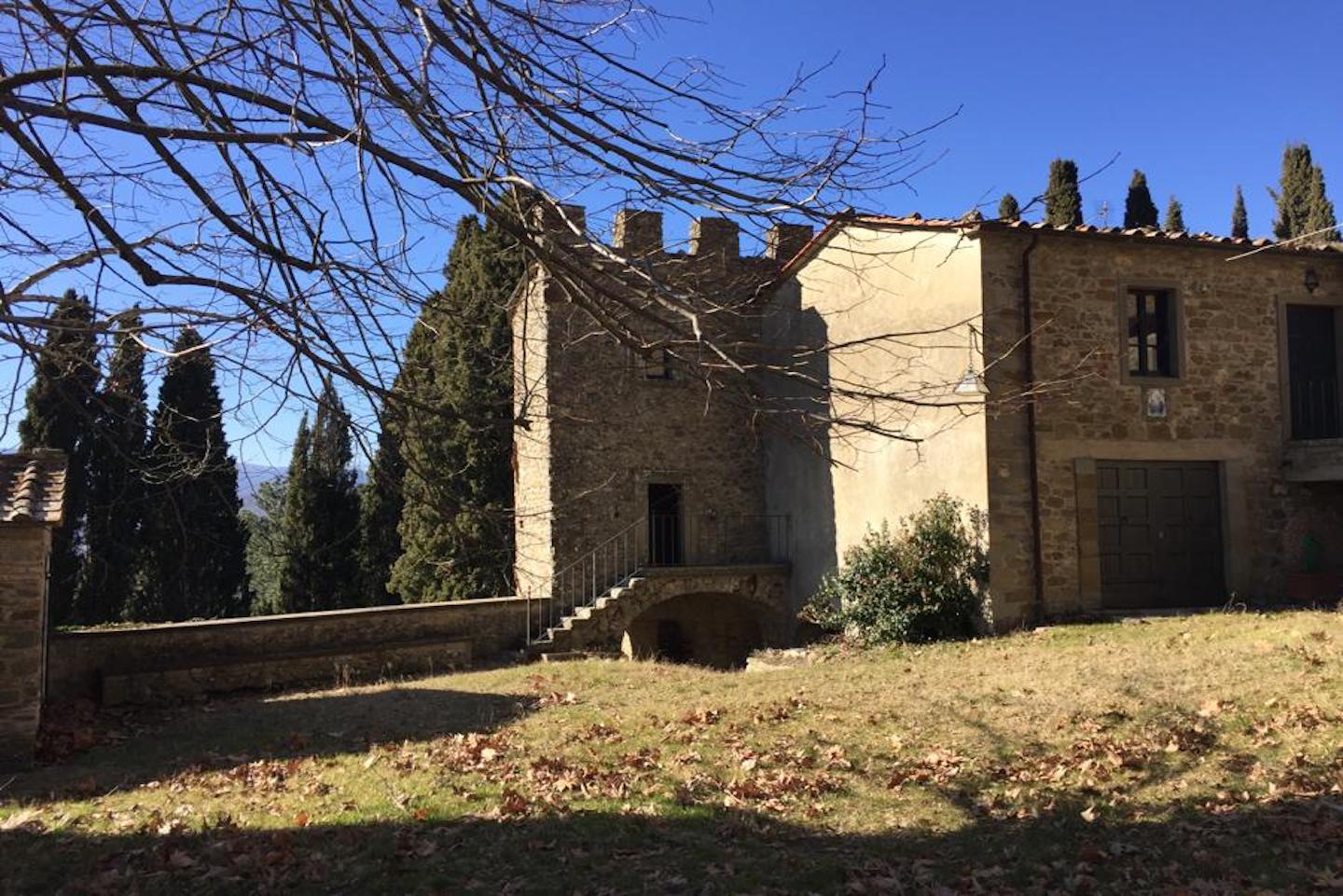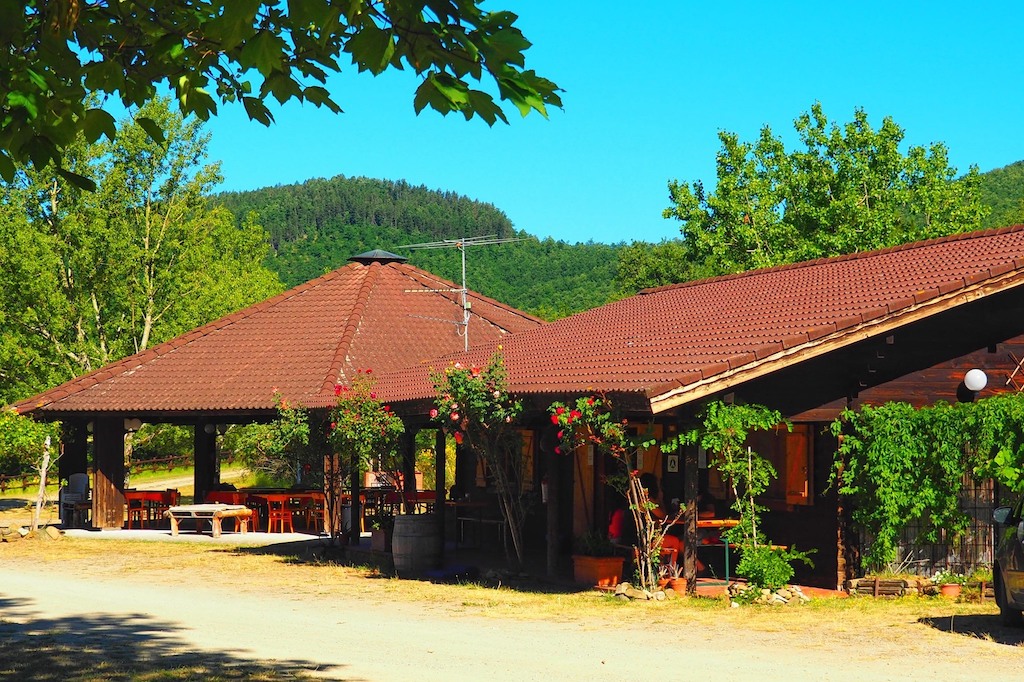
Ubertini Castle – Chitignano
The county of Chitignano was founded in the early Middle Ages, but there are records of buildings as early as the 10th century. At that time it was called Clotiniano and was a fief of the Counts of Chiusi, the first lords of Chitignano.
With the death of Count Orlando, who donated the Mount of La Verna to St. Francis of Assisi in 1213, the power of the Counts of Chiusi declined and, in 1261, the castle passed to the bishop of Arezzo, Guglielmino degli Ubertini. The domain of Chitignano remained under the control of the Ubertini, even after Bishop Guglielmino’s death, in the Battle of Campaldino, until 1325, when the Tarlati family took over.
The most important member of this family was Guido Tarlati, bishop of Arezzo and man of arms. Under Guido, Arezzo experienced its greatest splendour, thanks to the annexations that followed the military conquests. In 1383, Countess Franceschina decided to put Chitignano and all its territories under the protection of the Florentine Republic.
After Franceschina’s death, two of her nephews hatched a conspiracy against the Florentine Republic by allying themselves with the Counts of Romagna and Chiusi della Verna. The rebels were defeated in 1404, and deprived of their properties, which were incorporated by the Republic into the Podesteria of Chiusi.
Today, there are no traces left of the original extensive walls, and the castle has been incorporated into a vast complex of buildings, taking on the appearance of a 17th-century villa.
Of the three towers, one is clearly visible, with its crenellation, another round tower is under the present building, while only the foundations of the third remain.
The façade of the building still retains a medieval “patina”, with its pointed doorway. On the left, we find the Porta del Morto (Door of the Dead), through which the dead of the family were brought out.
Entering, we find the courtyard, decorated with two columns and frescoed vaults. On the right, there is access to the ancient “Corpo di Guardia”, frescoed with medallions and containing busts of family members. In the centre of the vault, there is a sixteenth-century representation of a battle, probably a reference to Campaldino.
Going down, about ten metres below ground level, we find the “stanza del trabocchetto”, a well bristling with spikes and traps, into which traitors condemned to death were thrown.
Going up the main staircase, we reach the Lord’s flats and, on the top floor, the ‘Sentencing Room‘, where death sentences were carried out. You can still see the block for cutting off the head, a punishment reserved for nobles and important people, on which an axe is fixed.
For more information
+39 333 9104810
Opening hours:
Opening by reservation





Leave a Reply